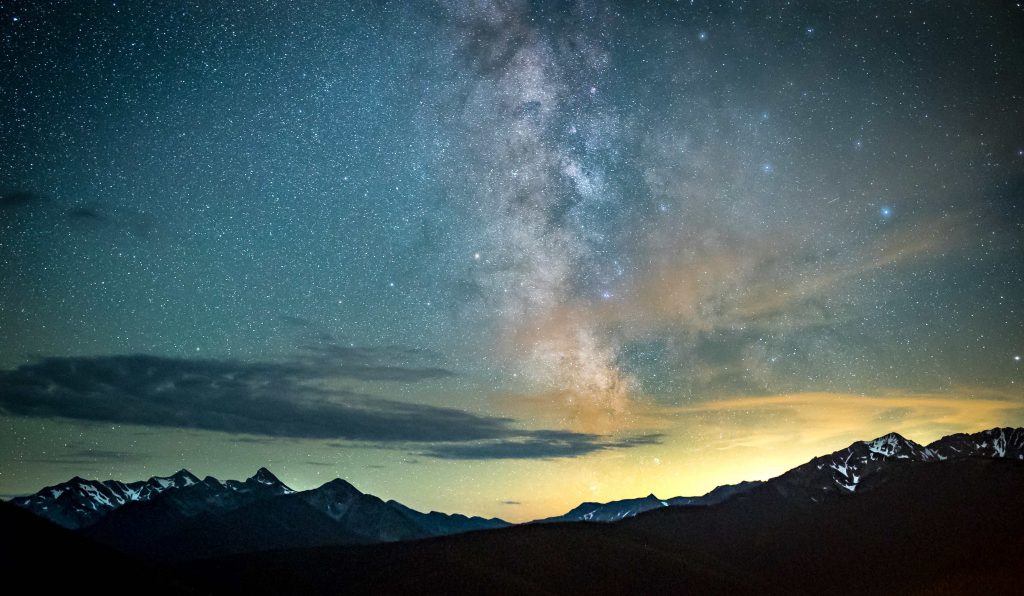You are likely aware of the Moon rocks returned by the Apollo missions – in fact, you may have touched one at the H.R. Macmillan Space Centre. But the manned Apollo 11 mission in 1969 was just the first of several successful sample return missions that have returned pieces of other Solar System bodies.
This year features two new sample return missions: Japan’s Hayabusa2 arrived at asteroid Ryugu in June and has just launched two rovers that have landed and hopped along the surface of the asteroid.

In August, NASA’s OSIRIS-REx started taking pictures of asteroid Bennu.

Both spacecraft will start by surveying their target asteroids, later they will collect and return surface samples to Earth. Sample return missions are difficult and not cheap. They demand safe transit and return, like manned missions, along with the autonomy and deep-space operations of robotic missions while keeping the sample uncontaminated all the way from space to laboratory. The Planetary Society has a interesting list of ten failed missions where the solar system reminded us sample collection is hard.
Scientist crave pristine samples that can be analyzed by Earth-based instruments that are not limited by the power, size, complexity, or weight limitations of space-based instruments. Up to the present, samples have been collected from six Solar System bodies as well as he solar wind. Extraterrestrial samples have been collected from meteorites and cosmic dust at clean locations on the Earth’s surface, by airplanes in the upper atmosphere, and by satellites in orbit. But these methods often come a with a great deal of uncertainty in linking the sample with its parent asteroid or comet. Sample return missions resolve this vexing source of uncertainty. The comet Wild 2 and the asteroid 25143 Itokawa were visited by unmanned spacecraft in sample return missions.
Samples from comet Wild 2 collected by the Stardust mission in 2006 have furthered our understanding of how the solar system formed and the origins of life. The comet samples showed that the outer regions of the early Solar System were not isolated and were not a refuge where interstellar materials could commonly survive. The data suggested that high-temperature inner Solar System material formed and was subsequently transferred to the Kuiper Belt. In 2009, NASA announced that a fundamental chemical building block of life, the amino acid glycine, was detected in the material collected by the Stardust probe. This discovery strengthened the argument that life in the Universe may be common rather than rare.
Sample return missions can also provide detailed understanding of the hazards and engineering challenges in future missions for mining asteroids.
Prospecting precedes on Earth, and sample return is the prospecting that will precede mining in space.
-Keiko Nakamura-Messenger, scientist on the OSIRIX-Rex and Hayabusa2 missions.
Mars remains as the ultimate goal and most challenging sample return mission. Its deep gravity well implies a hefty cost and high risk that has repeatedly created conflict between the scientific community and White House budgeteers. As a compromise, the upcoming Mars 2020 rover mission includes plans to cache samples for future return. Meanwhile, NASA and China are planning sample return missions to Mars for the late 20s or early 30s, and Japan’s MMX mission plans to bring back a sample from Mars’ moon Phobos.
























